How the Tottenham Hotspur Stadium was designed and the future of football grounds
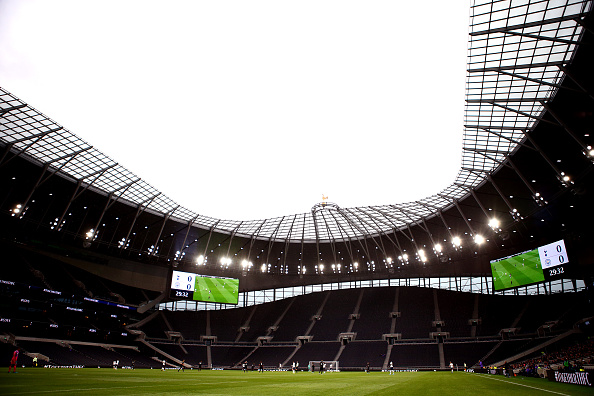
The third of April 2019 was a big day for Christopher Lee.
After months of delays, speculation and criticism the Tottenham Hotspur Stadium officially opened its doors, with Spurs facing Crystal Palace in the Premier League.
For the stadium’s project director it was the culmination of eight years of hard work – a chance for fans to finally get to enjoy what he believes is “the perfect contemporary English football stadium”.
The delays were quickly forgotten as the Tottenham faithful soaked up all the eye-catching architecture, buzzing atmosphere and state-of-the-art additions £1bn can buy.
Read more: Premier League clubs spent near-record £1.41bn in summer transfer window
“Building any of these kinds of mega projects is incredibly complex – move them into a central London location and they become even more complex,” Lee, managing director of Europe, the Middle East and Africa for architecture firm Populous, tells City A.M.
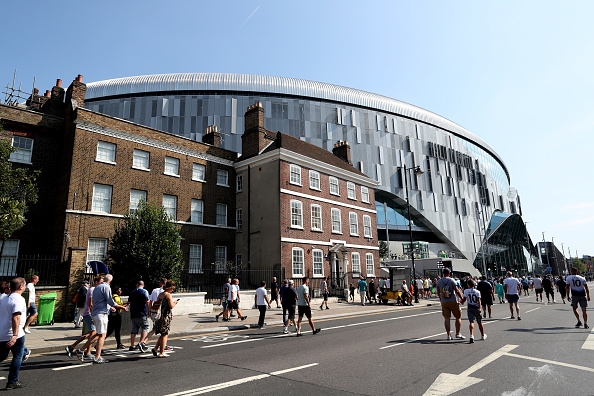
“It [the delay] was probably more frustrating than nerve-wracking. We knew we would deliver the building, it would be complete and brilliant and that when the doors opened everyone would realise what a huge undertaking that [Tottenham chairman] Daniel [Levy], his team and the design team had taken.
“We wanted to make it absolutely perfect and Daniel is the kind of client who expects perfection. He’s an incredibly focused guy, not just on the big picture but the detail as well.”
Creating atmosphere
That detail has seen Levy commission a stadium fitted with all the mod cons imaginable. Tottenham’s website boasts an “unrivalled standard of finish” featuring “brushed steel, copper, European oak and quartz”, while there are a whopping 60 food and drink outlets.
All of that is important, but for Lee there was one thing that he and his team simply had to get right when designing the 62,062 seater ground: atmosphere.
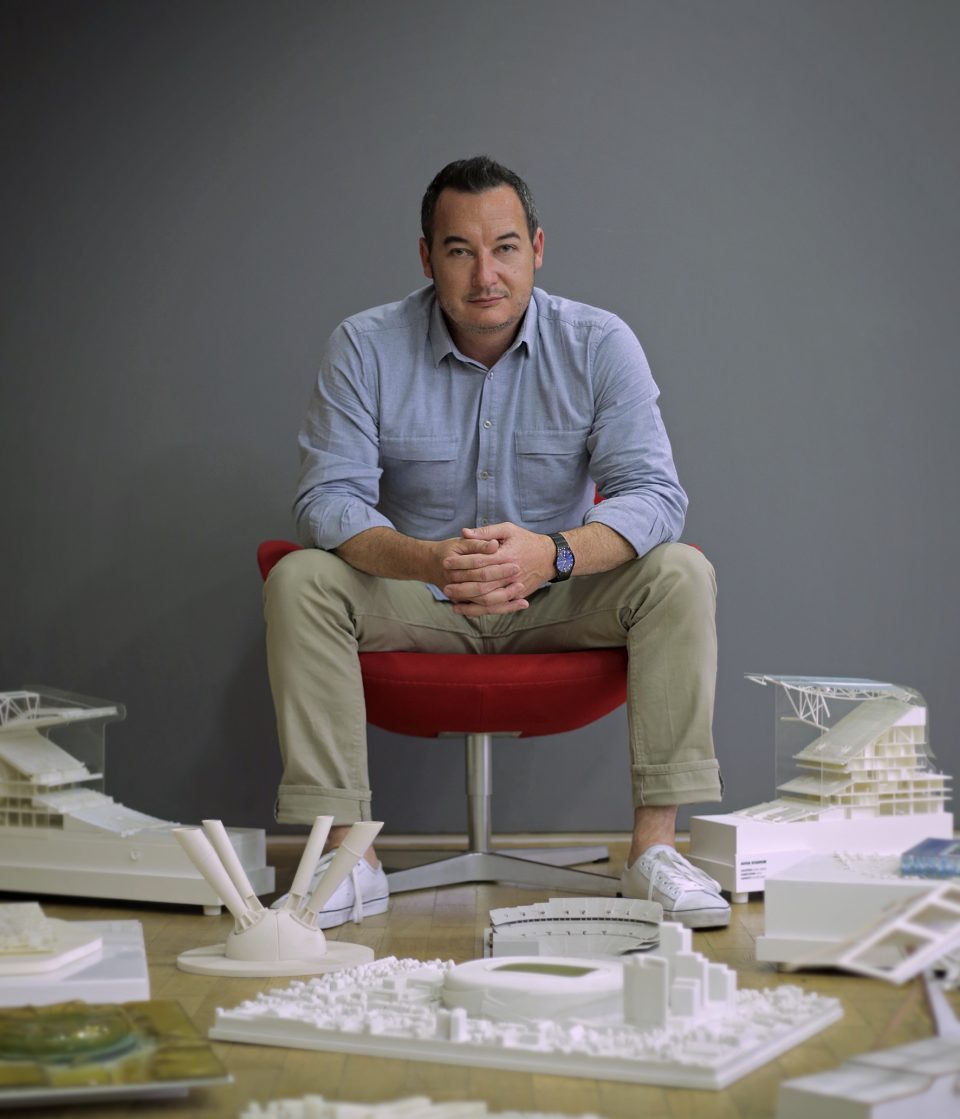
“I think there’s something which has been lost in a lot of contemporary stadiums, this idea that it’s real, genuine and authentic football stadium,” he explains.
“Some of that was looking at the great stadiums: the Spion Kops, as they were originally known; the North Bank at Arsenal, The Kop at Liverpool, even as far as the Yellow Wall at Borussia Dortmund. To get these fantastic home end stands that are single-tiered and close.
“Atmosphere is incredibly important in football stadiums and I think that’s to do with a lot of mixes – science and the art of noise.
“We approached Tottenham the same way we would a music arena or concert hall. We brought in our acousticians, who are actually U2’s sound engineers, and designed the seating bowl like we would a concert hall.
“We wanted noise, quick reverberation times, songs to last longer – to get one end and back again without people getting out of time. Noise building noise was a big driver.
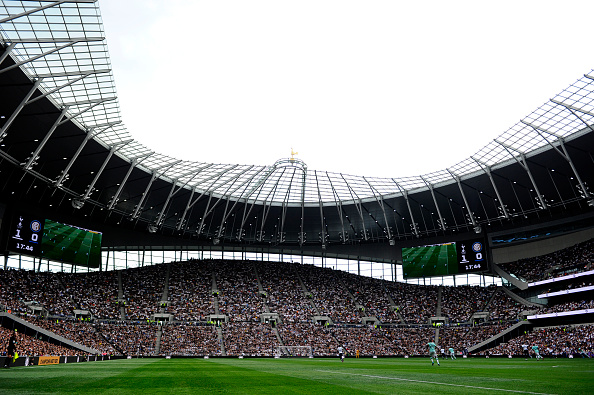
“And then obviously getting as many people as close to the pitch as possible – getting as steep stands as we could within code, but without tipping over an edge where people feel uncomfortable. You can create this sort of cauldron of atmosphere.”
Anyone who has visited the stadium can attest to the results, with the 17,500 fans packed into the South Stand – the largest single-tier stand in the country – leading the way.
Buildings as experiences
Lee, who started out on the Sydney Olympic Stadium in his native Australia and has worked on Cardiff’s Principality Stadium, Arsenal’s Emirates Stadium and Dublin’s Aviva Stadium among others, is well placed to reflect on the changing nature of football grounds.
He believes the shift to viewing stadiums as architectural feats, rather than in engineering terms, and increasing the focus on the user experience over functionality has played a big part in improving the finished products.
The Tottenham Hotspur Stadium, as it will be known until a naming rights deal can be made, is the culmination of Lee’s 25 years in the industry.
“If you look back 20 plus years ago stadiums were generally commissioned by the stadium manager,” he says.

“As a result the stadiums were very much about function: how do I make this building work perfectly? Functionality, crowd flows, all of the stuff that is driven by a stadium manager. Really that should be a given.”
Lee says right from discussing the plans with Levy he viewed Tottenham as an “experiential design”.
“I think the big shift is that probably for too long our stadiums have treated our customers as a captive audience,” he explains.
“We would tell them to come in a certain gate, drink a certain beer and eat a certain burger, watch the game then do it in reverse. It’s not how we live our daily lives and we would react if someone told us that’s what we had to do every lunchtime or dinner on the high street.”
The future of stadiums
When you spend £1bn on a stadium you want value for money and Tottenham’s ability to slide out their pitch for an artificial replacement allows them to host NFL matches, with a 10-year deal signed to host a minimum of two games per year.
It’s an added bonus better technology brings, making commercial and environmental sense.
“The ability to genuinely multi-use these buildings is really key move for our clients as businesses to get the maximum use out of their building,” Lee says.
“But also from an environmental and sustainable position. If we’re going to invest this much carbon into a building, how do we get the maximum use out of it?”
Tottenham aren’t the first club to cotton onto the opportunities provided by multi-use stadiums, but they are in a perfect position to cash in thanks to their new home.
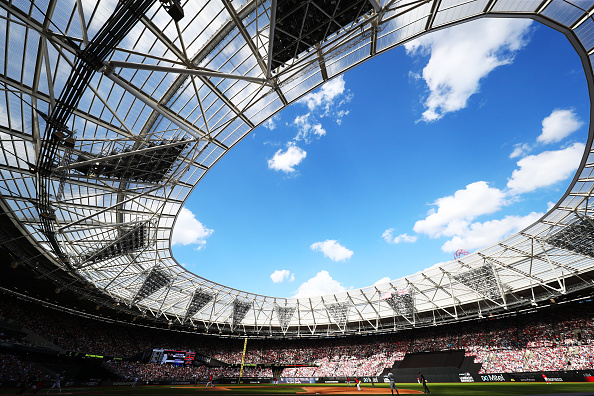
Having delivered in N17, Lee and Populous have moved onto new projects, with a bid to build the new San Siro replacement for AC and Inter Milan a particularly exciting prospect. If successful, what could that ground include?
Read more: Should the Premier League launch its own streaming service?
“We’re doing a lot of work into the incorporation of artificial intelligence into the management of our buildings,” Lee explains. “We’d have an ecosystem within a stadium, which comes from several miles away and incorporates tubes and buses, car parking, roads into the stadium themselves.
“That system currently is managed by experienced stadium managers, but a lot of it could be and will be, we think, managed by artificial intelligence, which has the ability to open, close, switch and change directional signage to keep queue times down.”
Stadiums are big business and designers like Lee will stop at nothing to perfect the art.
Main image credit: Getty Images